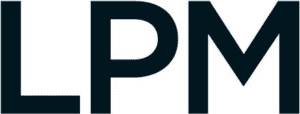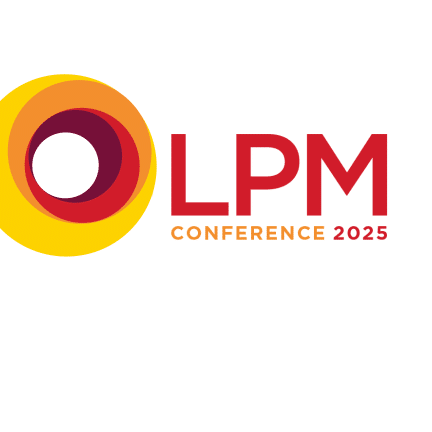
Meeting the needs of modern law practices with secure mobile printing
Investing in mobile printing is not just about convenience; it’s about meeting the needs of today’s legal landscape while keeping client trust and confidentiality secure. With the right tools, legal practices can save time and work more effectively, writes TA Triumph-Adler
Smartphones and tablets are everywhere, helping professionals work from almost anywhere. Yet, for many legal practices, integrating mobile devices with office workflows has been slow, particularly in areas like printing.
In the past, printing from mobile devices was inconvenient, often requiring file transfers to a desktop first. Security concerns have also contributed to this slow adoption, as legal professionals must ensure that sensitive client data remains protected when printing from mobile devices. Thankfully, advancements in technology are now addressing these concerns, and legal practices are set to benefit.
Why mobile printing matters for legal firms
Legal professionals deal with sensitive information, tight deadlines and large volumes of documentation. The ability to print directly from mobile devices, wherever work happens, is quickly becoming a necessity. Whether it’s a solicitor reviewing case files on a tablet or a paralegal needing to print documents on the go, mobile and app-based printing simplifies workflows, improves efficiency and supports flexible working.
For smaller legal practices, these technologies can provide access to advanced print services without needing extensive IT resources.
Security concerns in mobile printing
Security is a top priority in the legal industry. Sensitive client information, confidential case files and compliance obligations mean it is an essential part of every system. Modern mobile printing solutions address these concerns with features designed for legal professionals:
- Secure print release to hold documents in a secure queue until an authorised user releases them, so no sensitive materials are left on the printer tray.
- User authentication, requiring credentials or ID cards to limit device access, reducing the risk of data breaches.
- Encrypted communication to encrypt documents during transmission and protect data integrity and confidentiality.
These features protect client information and help firms meet regulatory requirements.
How mobile printing helps legal workflows
The legal industry can use various mobile printing solutions designed to meet their specific needs. The software solutions TA Triumph-Adler offers within its ‘LegalPack’ work with multifunctional devices (MFDs) to provide secure, efficient printing from mobile devices. Features include:
- Printing PDF files, emails and other documents directly from smartphones or tablets.
- Scanning and securely sending case files between devices.
- Tracking costs accurately with usage logs that provide an audit trail.
- Easy-to-use interfaces that save time and reduce training needs.
The future of mobile printing in legal practices
The demand for mobile and app-based printing is set to grow as legal professionals rely more on cloud technologies, remote work and seamless device integration. For smaller practices, these solutions are a cost-effective way to improve efficiency and security on par with larger firms.
Investing in mobile printing is not just about convenience; it’s about meeting the needs of today’s legal landscape while keeping client trust and confidentiality secure. With the right tools, legal practices can save time, work more effectively, and be confident that sensitive information is protected.
If you would like to integrate mobile printing into your managed print system or have any other requirements you would like to discuss, please call TA Triumph-Adler on 01793 783298.




